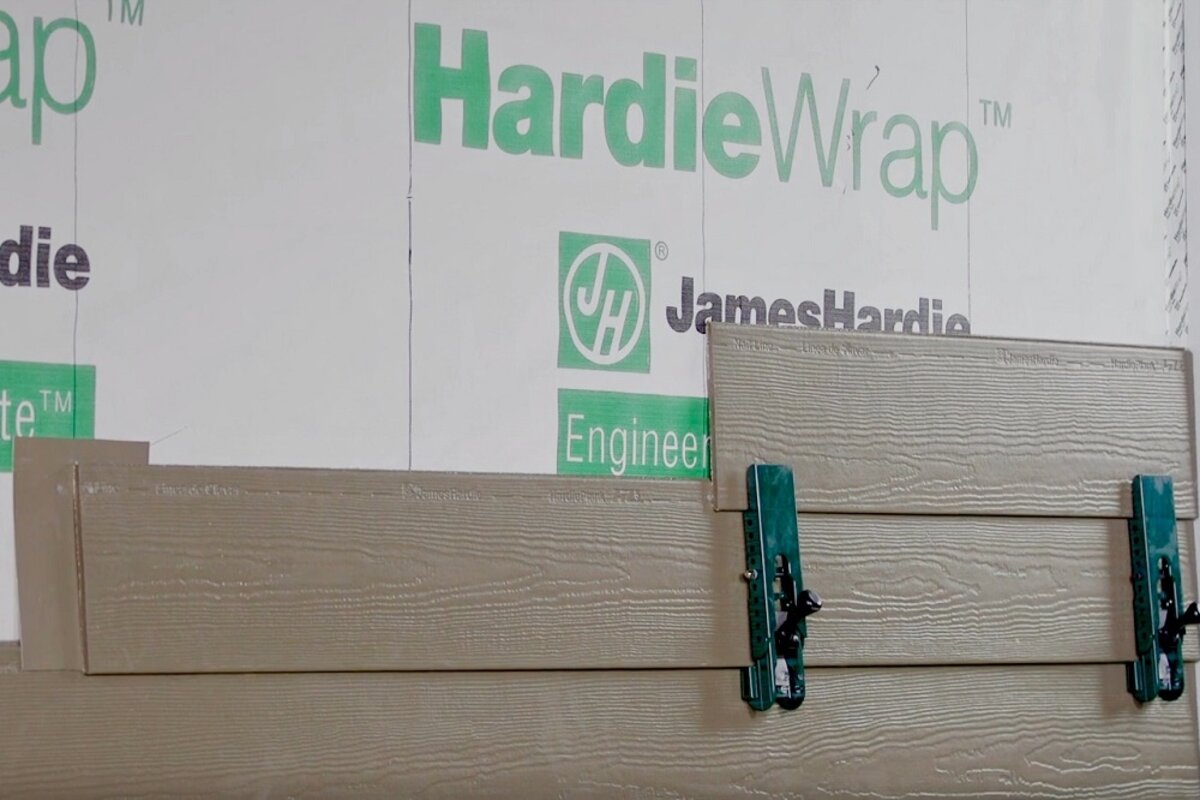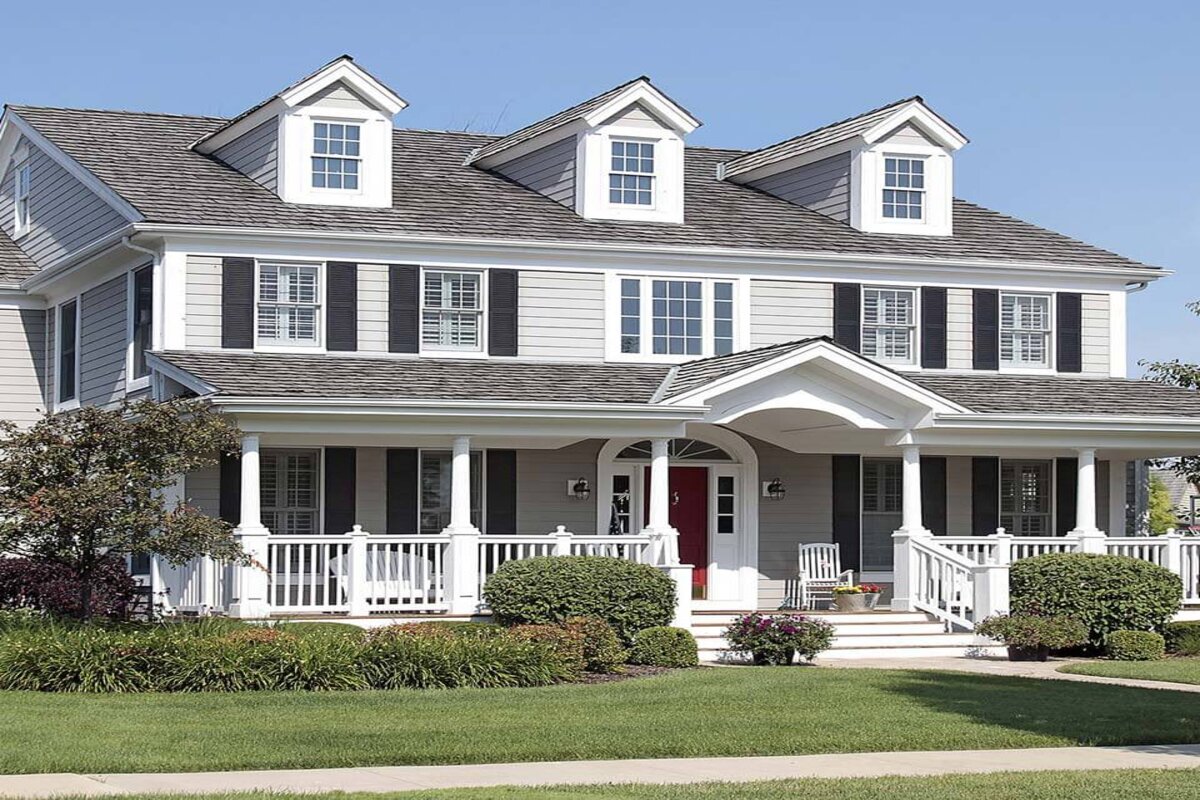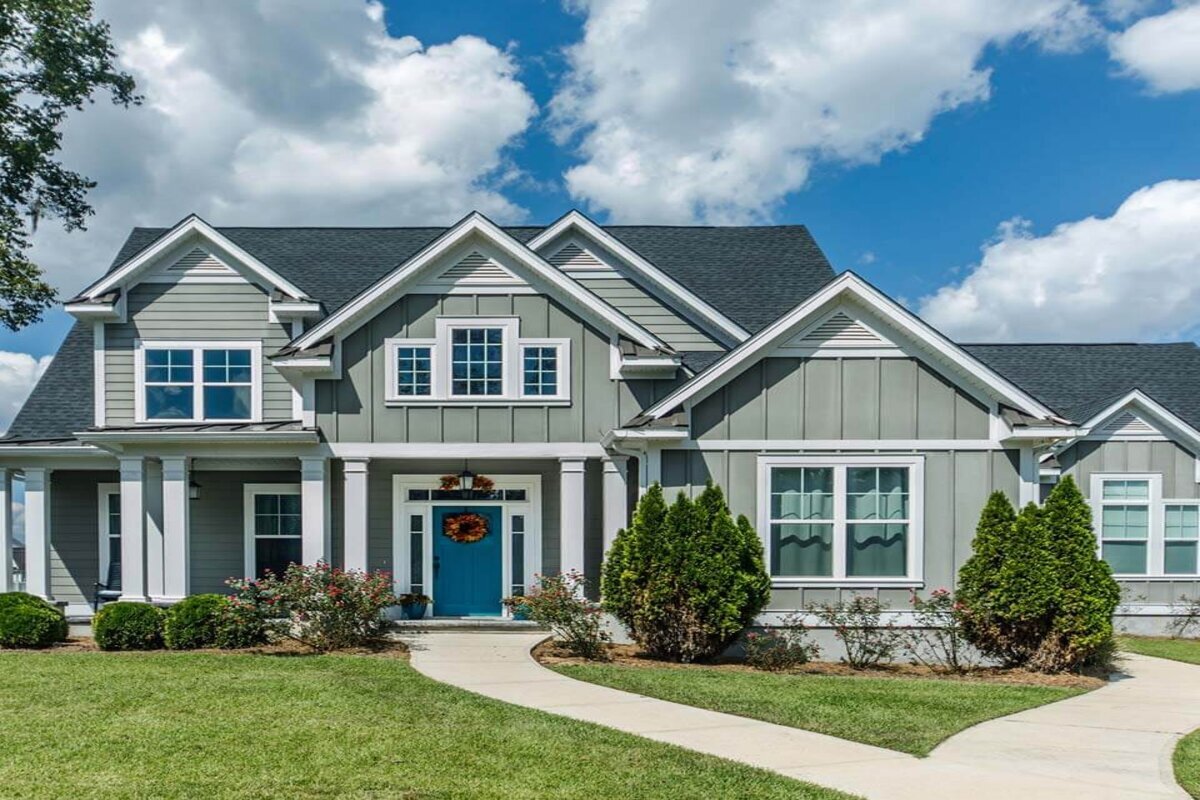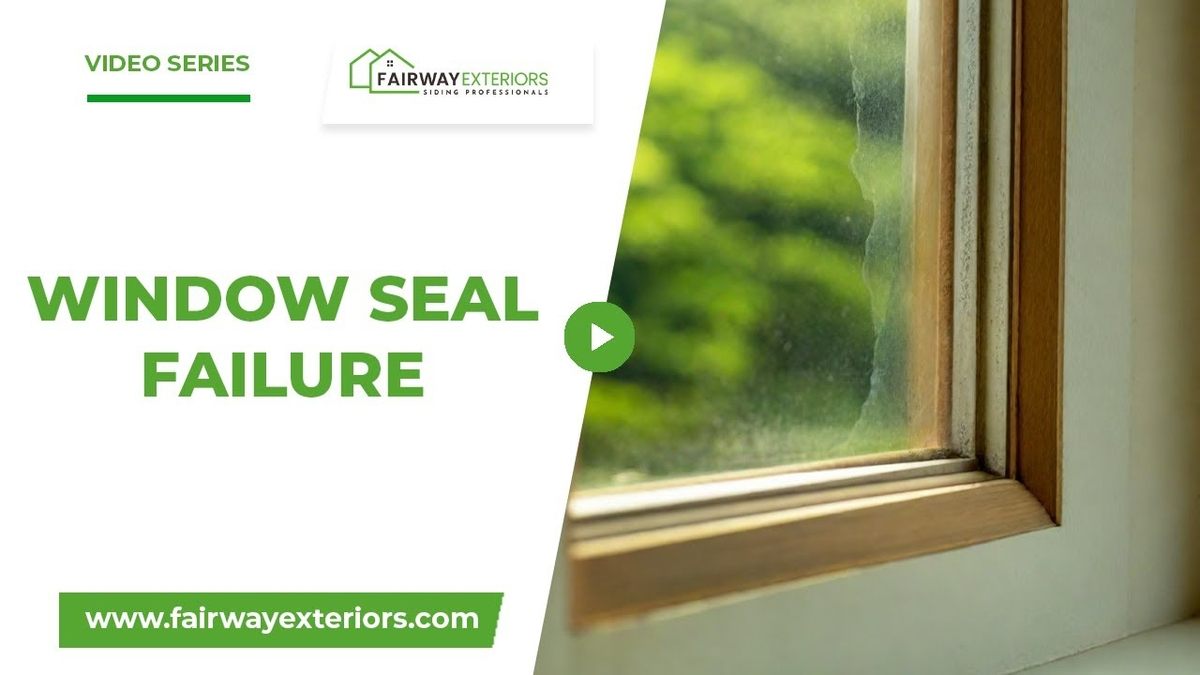Hardie board is fiber cement that stands up to rain, wind, and daily wear. It resists rot and pests, and it holds paint well. The real test is weather. The question is simple: is Hardie board waterproof when storms push water into every seam?
Waterproof vs. Water-Resistant: What It Really Means
Hardie fiber cement is water-resistant, not waterproof. It stands up to rain and humidity, but the wall must have a weather-resistive barrier, proper flashing, and small gaps that let water escape. This approach protects the structure and the finish.
The Siding System That Keeps Water Out
A dry wall comes from many parts that work together:
- Weather-resistive barrier behind the siding
- Window and door flashing with head flash above trim
- Kickout flashing at roof-to-wall joints
- Correct fasteners and patterns
- Clearances above soil, concrete, decks, and roofs
- Sealant at penetrations and trim joints
Pro Tip: Ask your installer for photo logs of flashing and WRB before siding goes up. Proof of details today prevents leaks tomorrow.
Common Mistakes That Cause Moisture Problems
- Siding runs tight to the grade or concrete
- Missing kickout flashing where the roof meets a wall
- Caulked weep gaps that trap water
- No head flashing above windows and trim
- Poor downspout placement or clogged gutters
Need expert help with Hardie siding? Contact Fairway Exteriors for a free consultation.
Kansas City Weather: What Matters Most
Strong winds push rain sideways. Freeze and thaw open small gaps. We use Hardie products made for this climate. We add housewrap, flashing, and a drainage gap so water moves out fast. If you wonder if Hardie board is waterproof, the full system keeps the wall dry when these parts are done right.
Key Takeaway: A rain screen or drainage gap behind siding improves drying. Even a small gap can make a big difference.
Care and Maintenance for Long-Term Performance
Check paint and caulk once a year. Keep downspouts extended and soils sloped away from the foundation. Clean gutters each season. If you wonder again, “Is Hardie board waterproof?” remember the system needs light care to stay strong.
- Inspect joints and touch up caulk.
- Spot paint where needed, especially cut ends.
- Keep plants off the siding so the walls can dry.
Pro Tip: Clearances matter. Maintain 6–8 inches above soil and 1–2 inches above hard surfaces.
Why Hardie Is a Smart Long-Term Choice
Hardie fiber cement resists rot, pests, and fire. It holds paint well and keeps a clean look for years. The wall stays dry when housewrap, flashing, and a small drainage gap are in place. We follow Hardie specs and local code, check clearances, and document each step so you end up with a solid, dry wall that adds value and curb appeal.
Our Process at Fairway Exteriors
- Design and Product Selection: We help you choose profiles, colors, and trims.
- Prep and Protection: We safeguard landscaping and set a weather plan.
- Moisture Management Details: WRB, flashing, and clearances installed and photographed.
- Quality Checks: Daily updates and cleanup.
- Final Walkthrough: We review care tips and warranty info.
Conclusion: Keep Your Siding Dry and Durable
Hardie siding is built for strength and stability. It resists damage from weather and wear, keeping its shape and color longer than most materials. With low maintenance and proven durability, it’s a smart investment that protects your home and keeps it looking sharp for years.
Ready for a moisture-smart Hardie install? Schedule your free consultation with Fairway Exteriors and get a clean, durable result that protects your home for the long term.








